A refrigerator that is beautifully designed, with a modern dispenser, polished door, and sleek handles. The FlexZone™ Drawer helps keep a variety of food organized.
FlexZone™ Drawer
A flexible storage drawer with four different temperature settings and an adjustable Smart Divider to stay organized.
Adjustable Shelves
Adjustable shelves go from standard to slide-in or flip-up, to store tall items with ease.
Wi-Fi and Bixby Enabled
Use your smartphone to control the temperature and monitor your refrigerator remotely.
Fingerprint Resistant Finish
A special finish to reduce smudges and minimize cleaning.
High-Efficiency LED Lighting
LED lighting designed to beautifully light up the interior of your fridge so you’re able to quickly spot what you want.
ADA Compliant
Easy to reach controls for everyone.
Twin Cooling Plus®
Near-commercial grade humidity levels, helps prevent spoiling and freezer burn.
Ice Max
Large capacity, storesup to 4.2 lbs. of ice.
ENERGY STAR® Certified
Eco-friendly and energy-efficient.

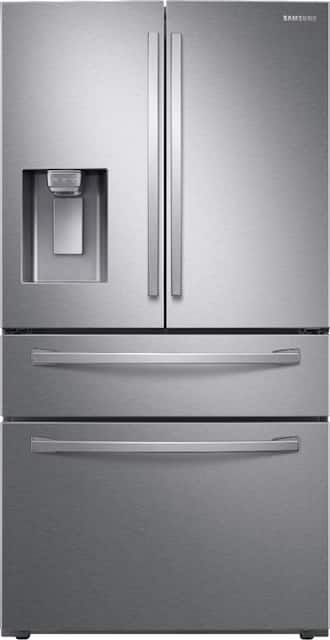
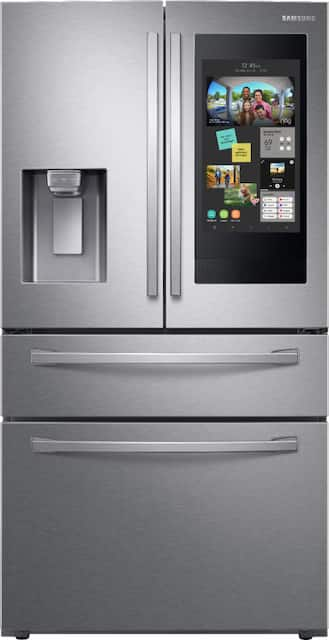
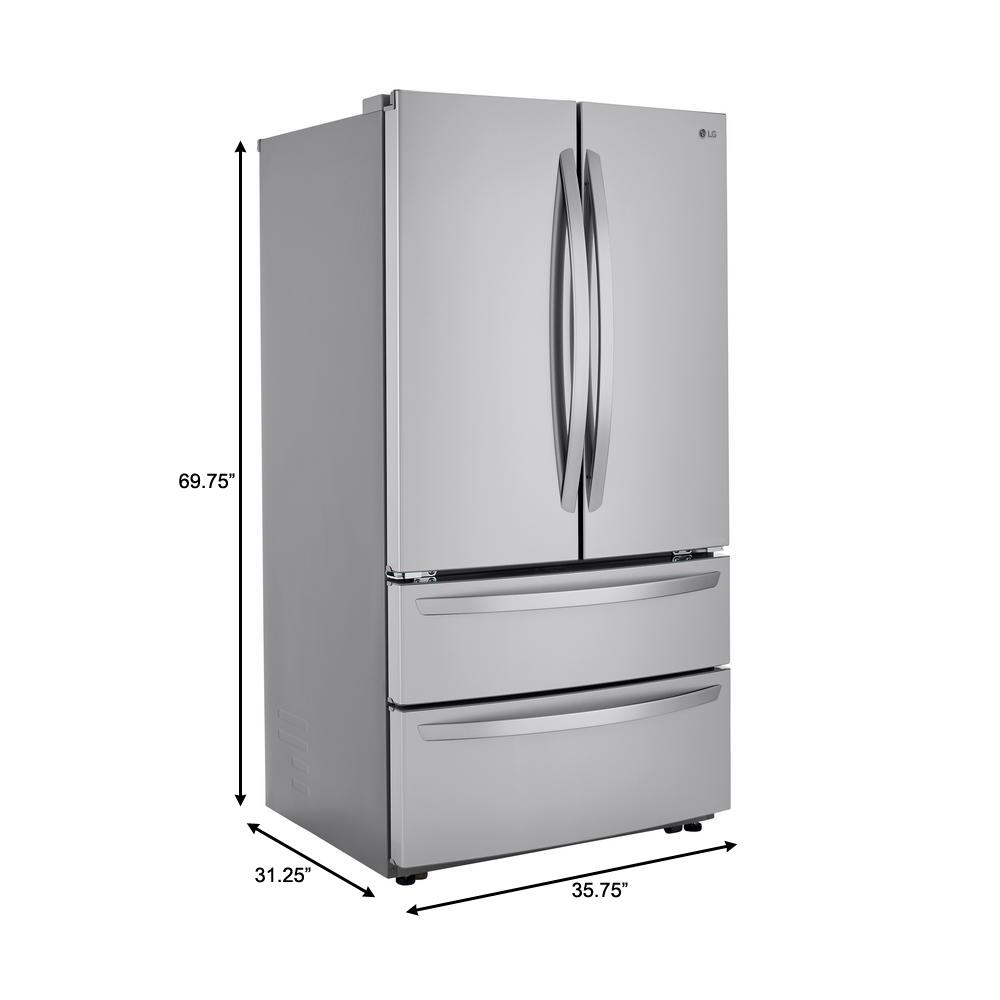
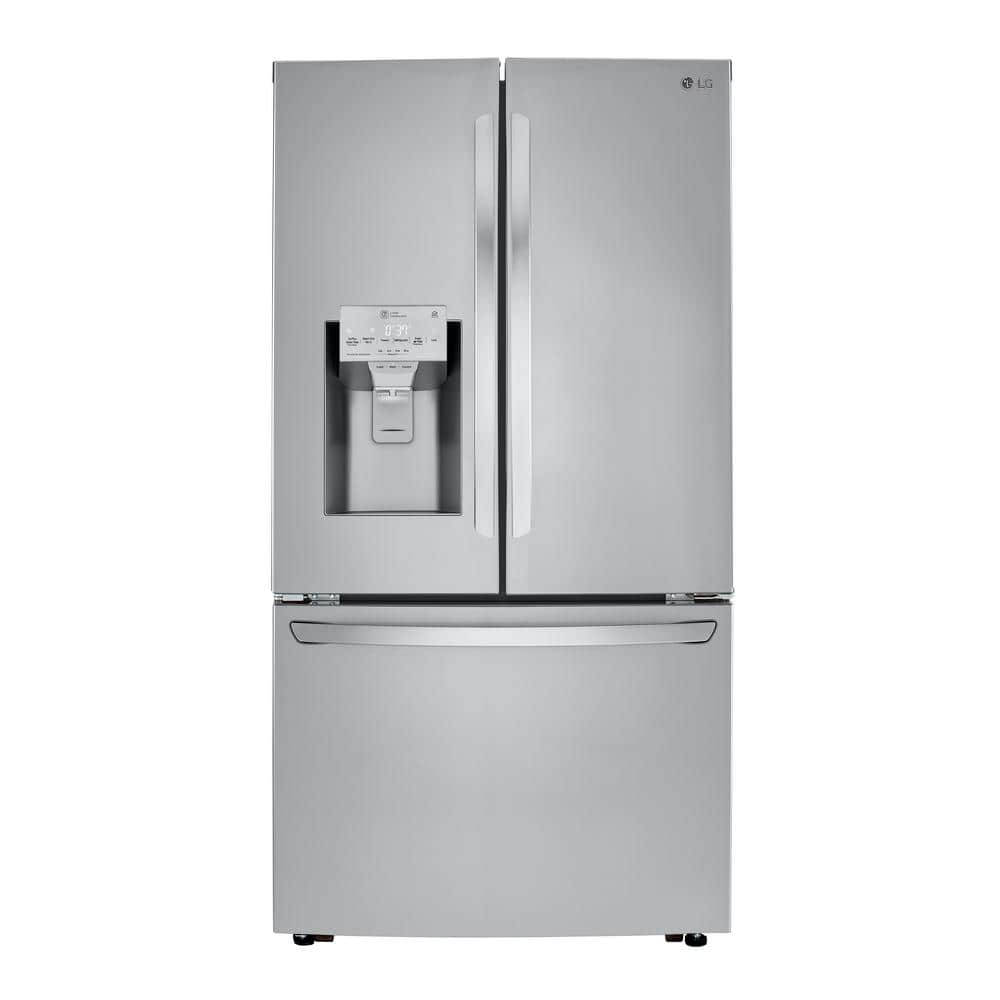
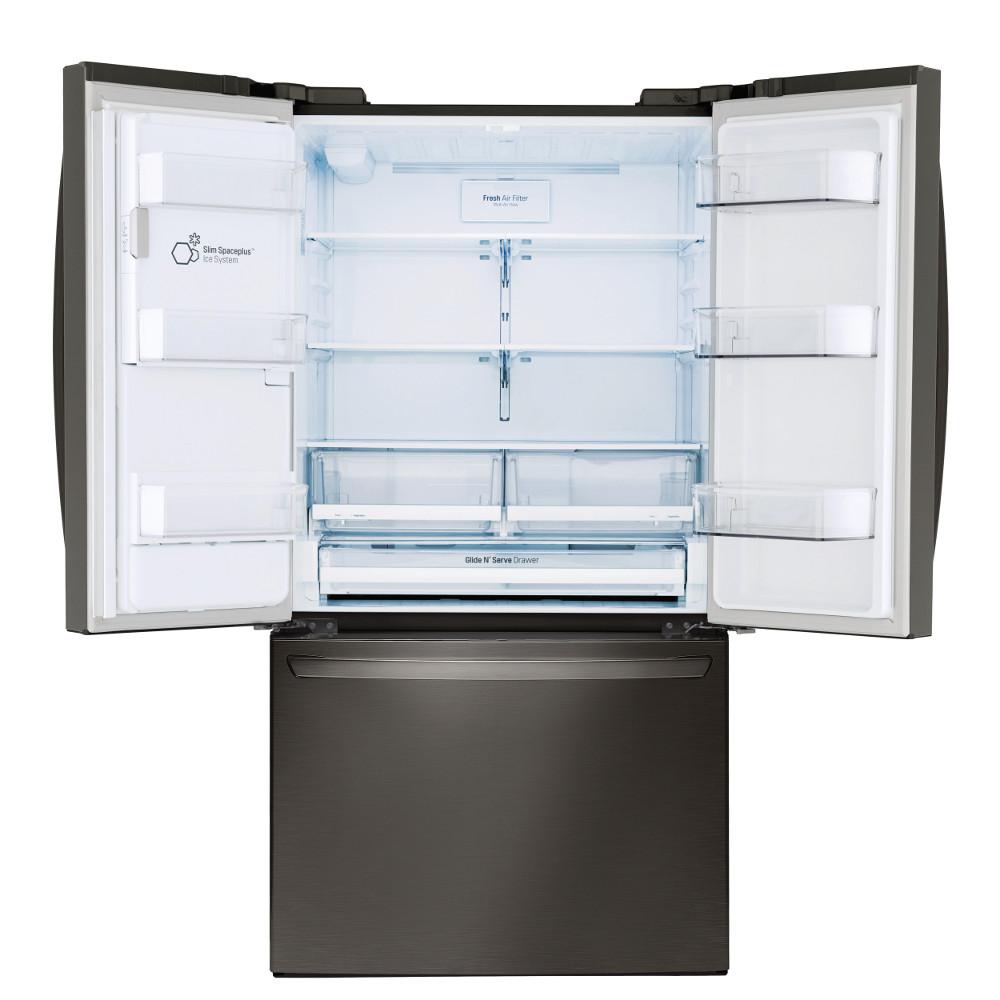
by Nick
Excellent fridge, a lot more space than the side by side
by Sonya
The Geek Squad has always done a great job. I have been a customer for years and will continue to do so.
by Tim
Plenty of space, quiet, lots of options. The middle drawer is great forbdelunitems we accesa frequently.
by Bobby
Great product however the shelving is a little bit too narrow.
by Zim
Great refrigerator, only draw back is the freezer door bin that’s on the inside of the door is not included and can’t seem to find it to order. This bin/shelf adds enough space that it should be included.
by Sam
Very happy with this. I like Samsung products. All appliances and TVs are Samsung.
by Finn
So far so good,
The qick cool feature works well after loading the refrigerator after big shopping.
The Flex draw works and advertised.
The ice maker does have some freeze up issues, but nothing the can’t be fixed by emptying it every so often. It hold a lot of ice.